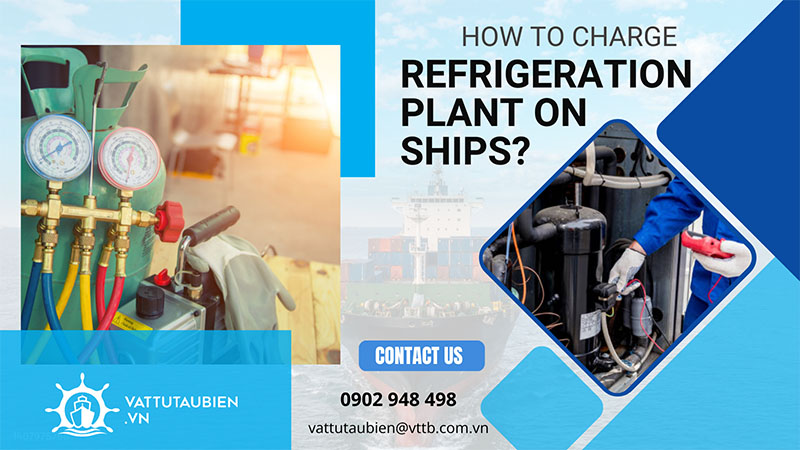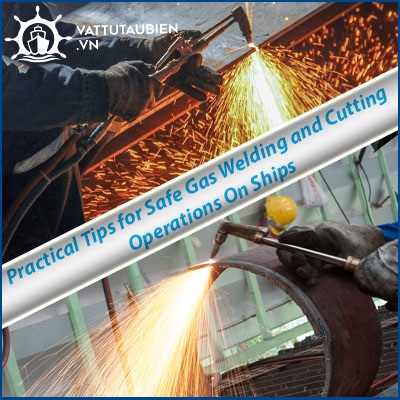How To Charge Refrigeration Plant On Ships?
The main use of refrigeration plants on ships is to keep cargo and food provisions at low temperature to prevent them from spoiling. The reefer plant is a combination of various machines such as compressor, valves, heat exchangers etc., which are connected to each other through pipes and joints.
While in operation, the refrigerant used in the refer plant gets consumed or is reduced in quantity because of leakage in the system. Reduction in quantity of refrigerant may lead to troubles in the plant such as-
- Short Cycling of Compressor
- Too low suction pressure
- Difficult to maintain temperature of rooms and holds
- Reduction in the efficiency of the plant
When the above mentioned problems occur, it indicates that the plant has to be charged with the refrigerant.
There are two methods for charging reefer plants: Liquid charging and Gas charging.
Now a day’s gas charging is preferred over liquid charging because it is more safe and simple.
Gas Charging of Refrigeration Plant:
For gas charging, a special T piece valve block with mounted pressure gauge is provided to combine three connectors inter-connecting:
-Vacuum pump
-Charging Cylinder
-Charging Point
Following steps are to be taken for charging gas into the reefer plant:
- Connect gas bottle or charging cylinder, vacuum pump and charging point in the reefer system to the valve block.
- The discharge of the vacuum pump is to be connected in the empty recovery bottle
- First open the valve between vacuum pump and charging bottle located in the valve block without opening the main valve of the charging cylinder. This will remove all the air inside the pipe. Once vacuum is reached, close the valve of charge cylinder in the valve block
- Now open the valve of the charging point pipe in the valve block and run the vacuum pump until the vacuum is reached. This will remove the trapped air from this pipe. Then shut the valve in the valve block
- Now keep the system idle for 5 minutes to check there is no pressure drop. This will ensure there are no leakages in the system
- Now open charging bottle pipe valve and the charging point pipe valve located in the valve block. This will set the line for charging. Ensure that the vacuum pump valve is shut
- Now open the main valves in the charging cylinder and charging point of the reefer system
- Do not overfill the system. Make sure the receiver has 5 % space for expansion
Ensure that no refrigerant is leaked out in the environment as these effects the ozone layer in the atmosphere.
Note :Gas bottle is kept on weighing scale for measuring the amount of charged supplied to the system.





